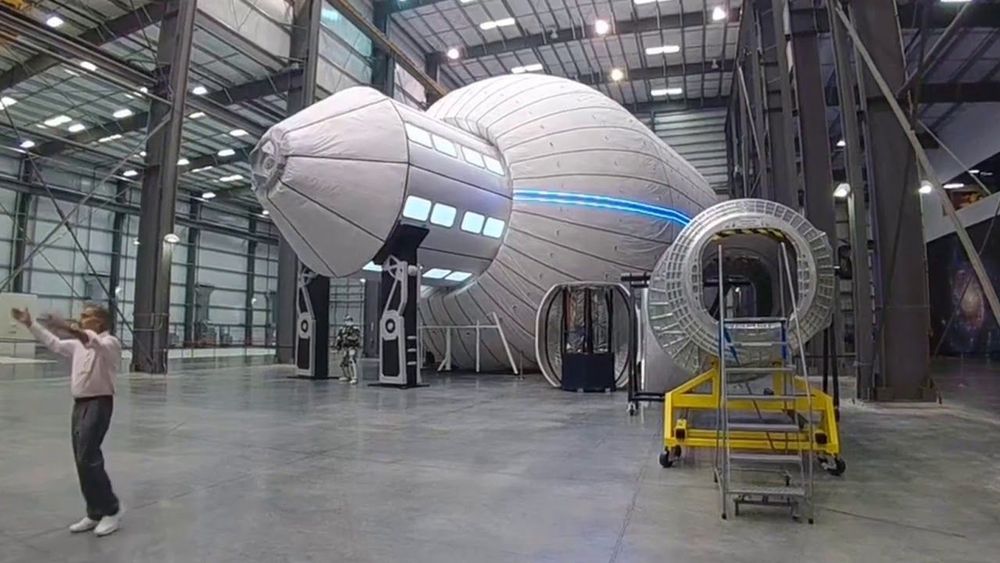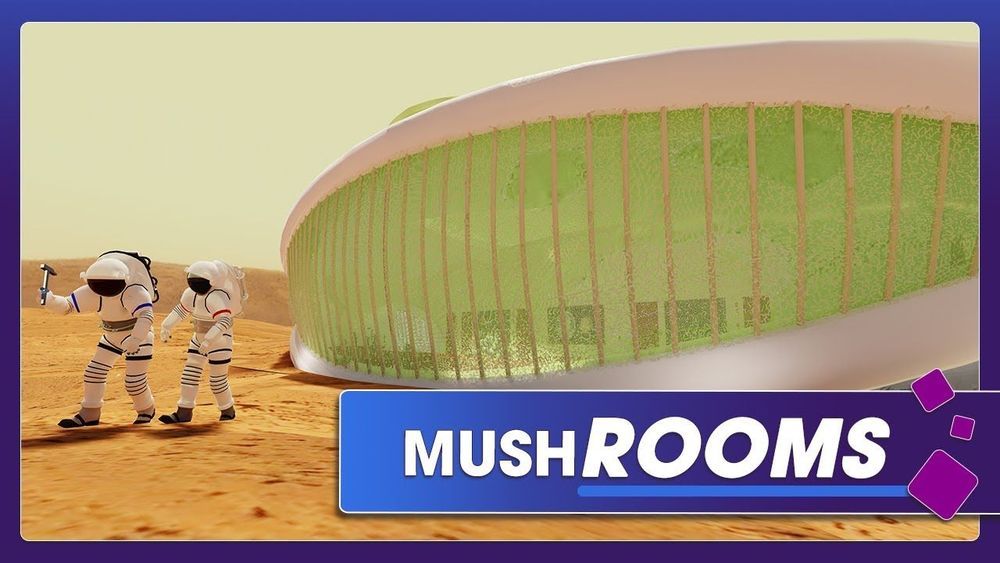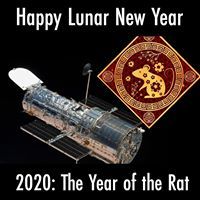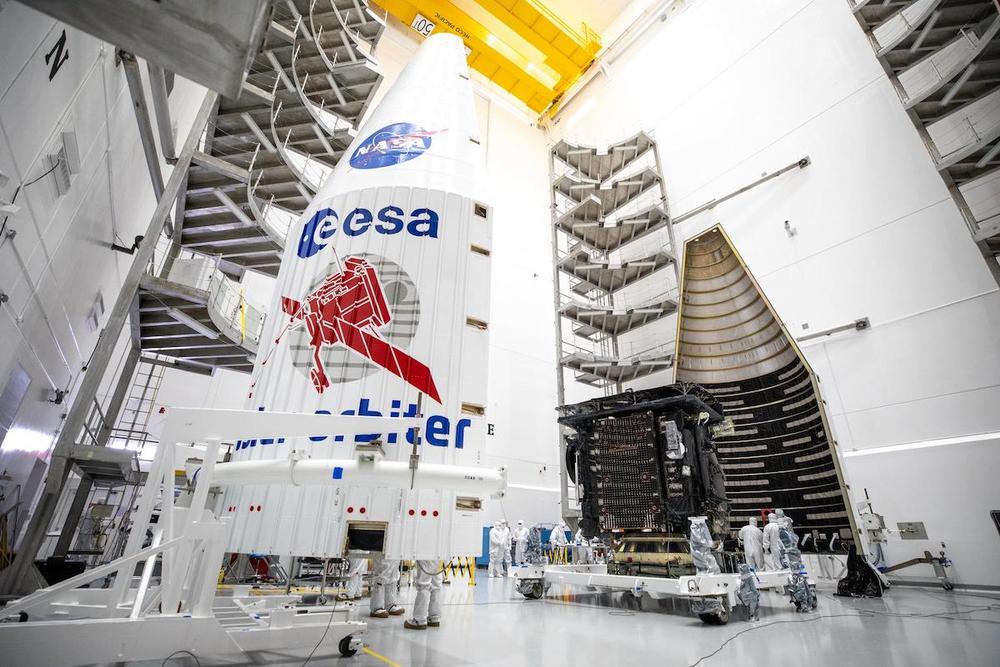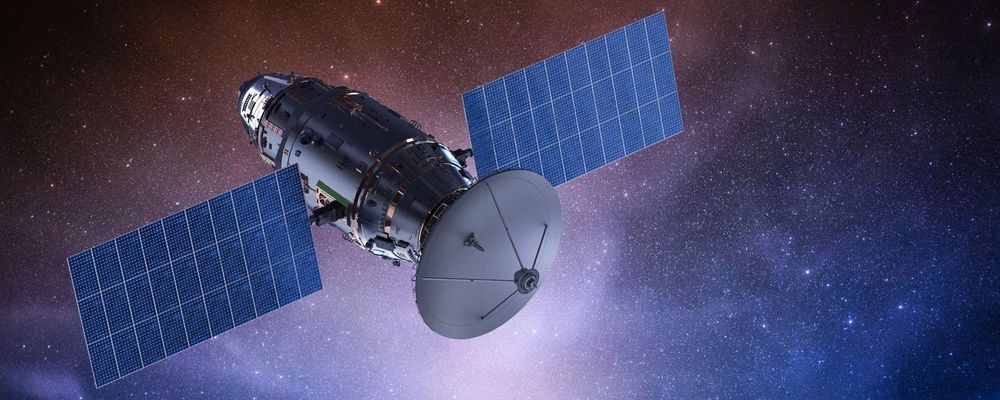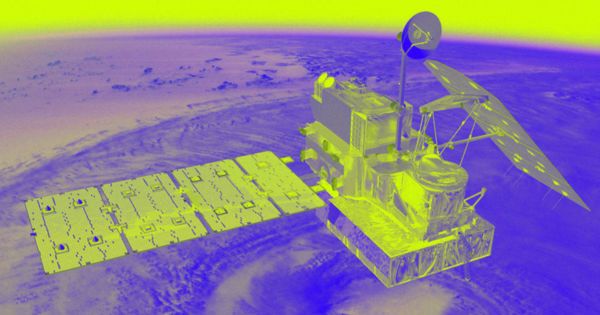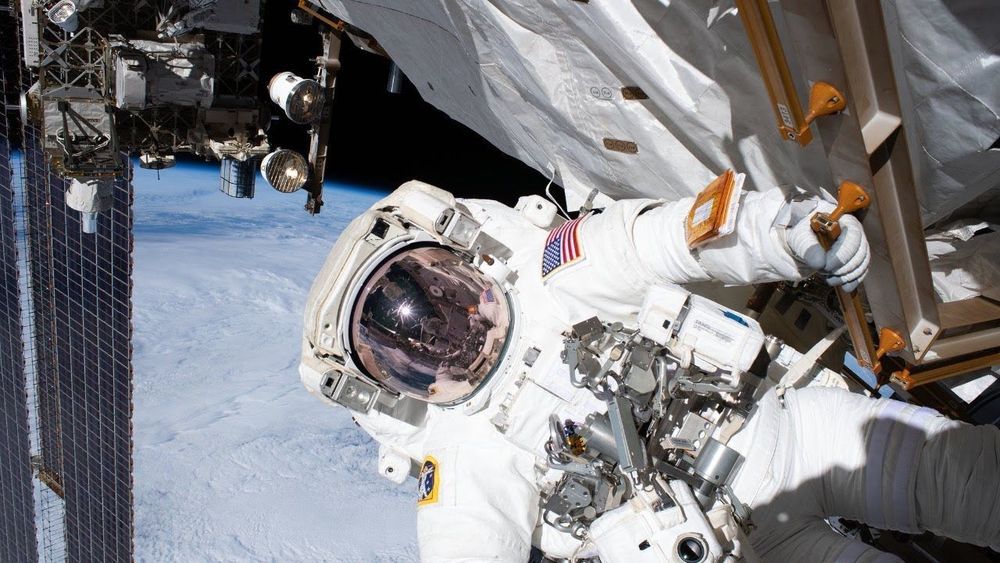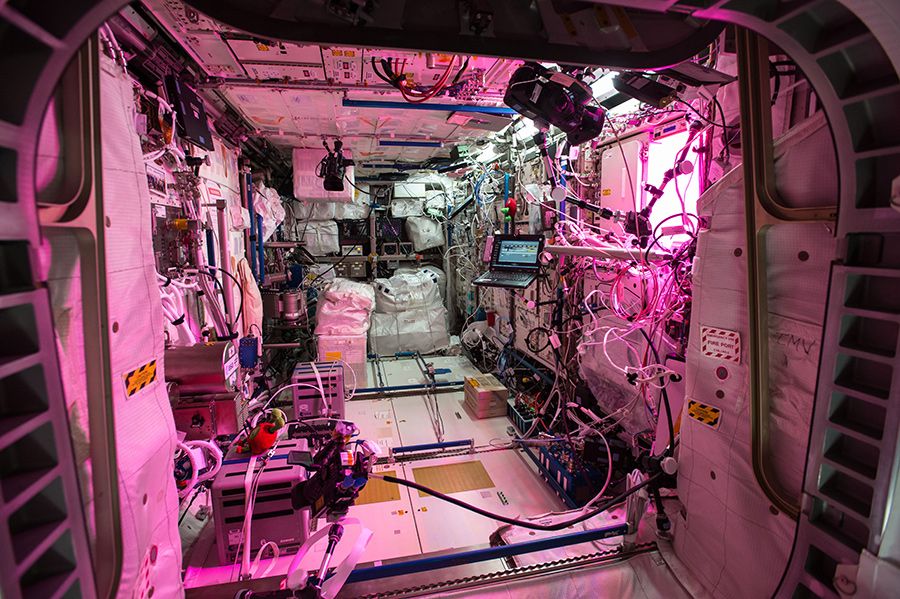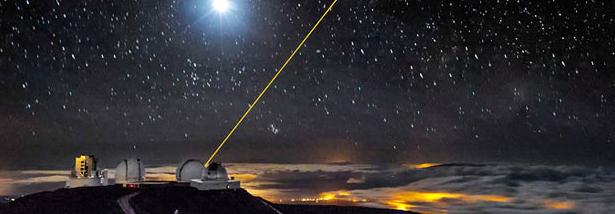NASA has announced that they have selected Axiom Space, an American company headquartered in Houston, Texas, to design, build and launch three large pressurized modules and a large Earth observation window to the International Space Station (ISS).
This partnership between NASA and Axiom is issued under Appendix I of NASA Next Space Technologies for Exploration Partnerships 2 (NextSTEP-2) public-private partnership program witch the agency hopes will help stimulate commercial development of deep space exploration capabilities.
Appendix I of NextSTEP-2 was originally issued on June 7th 2019 and called for private companies to bid to develop habitable commercial modules, to be built and launched to the International Space Station, and then attached to the forward end of the station as part of NASA’s long term plan to open up the ISS to large amounts of commercial opportunities.
